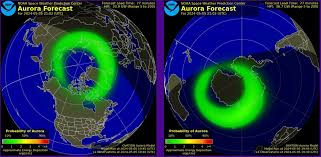The interplanetary magnetic field (IMF) is a vast magnetic field that permeates the solar system. It’s generated by the sun’s magnetic activity and carried outward by the solar wind.
Origin of the IMF
The IMF originates from the sun’s magnetic field, which is constantly changing. As the sun rotates, its magnetic field lines become twisted and stretched, eventually breaking and reconnecting. This process generates magnetic energy that is released into space in the form of the solar wind.
Structure of the IMF
The IMF is a complex structure that varies with time and distance from the sun. It generally consists of:
- Parker Spiral: The IMF tends to follow a spiral pattern known as the Parker spiral, due to the sun’s rotation and the outward flow of the solar wind.
- Sector Structure: The IMF is often divided into sectors of opposite polarity, with alternating north and south magnetic fields.
- Fluctuations: The IMF is subject to constant fluctuations due to solar activity, such as solar flares and coronal mass ejections.
Impact of the IMF
The IMF plays a crucial role in the dynamics of the solar system. Some of its effects include:
- Space Weather: The IMF can interact with Earth’s magnetic field, causing geomagnetic storms that can disrupt satellites, communication systems, and power grids.
- Solar Wind Interaction: The IMF influences the direction and intensity of the solar wind as it travels through the solar system.
- Planetary Magnetospheres: The IMF interacts with the magnetospheres of planets like Earth, shaping their structure and dynamics.
Studying the IMF
Scientists study the IMF using a variety of spacecraft and ground-based instruments. These observations help us understand the sun’s magnetic activity, the properties of the solar wind, and the dynamics of the heliosphere.
Would you like to know more about the specific effects of the IMF on Earth, its role in space weather, or how scientists study the IMF?



